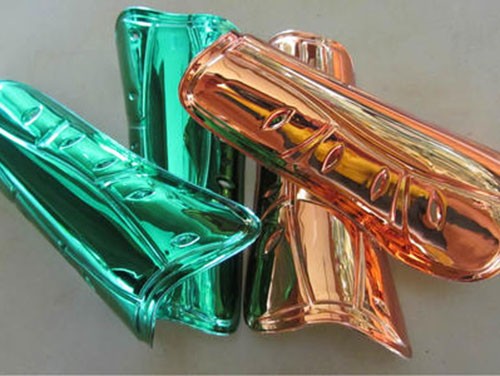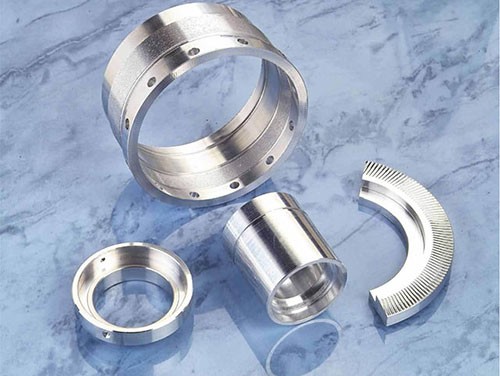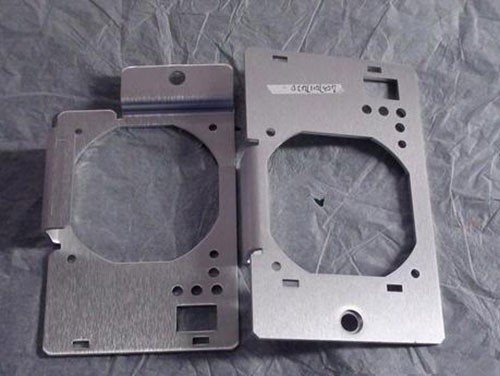Metal nickel platingThe thickness control of the processed coating can be achieved through the following methods:
Controlling the temperature of the plating solution: The temperature of the plating solution will affect the deposition rate of chemical nickel. The higher the temperature, the faster the deposition rate, and vice versa.
. By controlling the temperature of the plating solution, the deposition rate of chemical nickel can be adjusted, thereby affecting the thickness of the coating Control the concentration of plating solution: The higher the concentration of chemical nickel in the plating solution, the faster the deposition rate. Therefore, by controlling the concentration of plating solution, the deposition rate of chemical nickel can also be adjusted, thereby affecting the thickness of the coatingControl pH value: The pH value of the plating solution can also affect the deposition rate of chemical nickel. If the pH value is too high or too low, it will have adverse effects on the deposition rate. Therefore, it is necessary to control the pH value of the plating solution within a suitable range.
Control bath turn number: Turn number refers to the total time of chemical nickel deposition, which also affects the deposition rate of chemical nickel. Generally speaking, the larger the turn number, the slower the reaction rate, and the longer the relative reaction time.
The sentence is:. Therefore, in metal nickel plating processing, it is necessary to adjust the number of turns of the bath solution reasonably according to the operating conditions Control pollution value: If the plating solution is contaminated, it will affect the deposition rate of chemical nickel, resulting in uneven or non compliant coating thickness. Therefore, it is necessary to control the contamination value of the plating solution to ensure that it is within an appropriate range In practical operation, try to place test pieces at the same time as the operation. Measure the film thickness of the test piece during the operation, divide it by the reaction time, estimate the reaction rate, and then estimate the reaction time required for the required film thickness. This is the only way to better control the thickness of the coating








